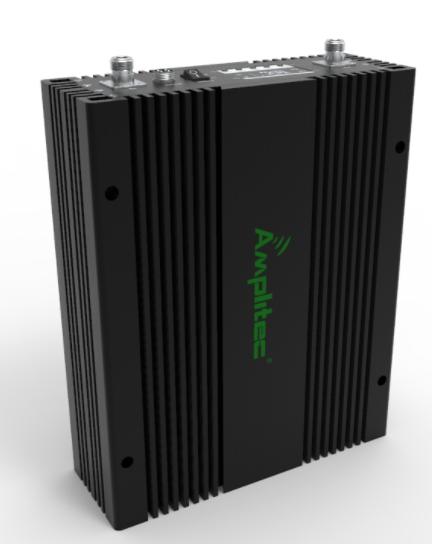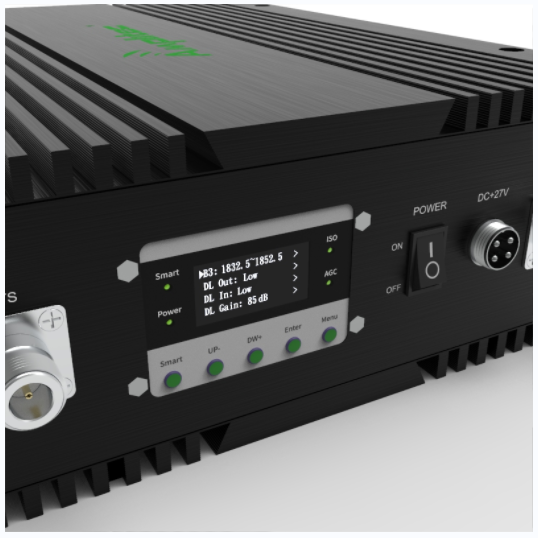A linear amplifier is an electronic circuit whose output is proportional to its input, but capable of delivering more power into a load. Linearity refers to the ability of the amplifier to produce signals that are accurate copies of the input.
Linear amplifiers are used in a variety of applications, including:
1.Radio broadcasting: To increase the power of the signal from the transmitter so that it can be received over long distances.
2.Telecommunications: To amplify signals in long-distance networks.
3.Audio amplification: To amplify the sound signal from a microphone or other source so that it can be heard over speakers.
4.Radar: To amplify the signal from the radar transmitter so that it can be reflected off of objects and returned to the receiver.
5.Medical imaging: To amplify the signal from an ultrasound transducer so that it can be displayed on a monitor.


There are two main types of linear amplifiers:
1.Vacuum tube amplifiers: These amplifiers use vacuum tubes to amplify the signal. Vacuum tubes are very efficient, but they are also large and fragile.
2.Solid-state amplifiers: These amplifiers use transistors to amplify the signal. Solid-state amplifiers are smaller and more reliable than vacuum tube amplifiers, but they are not as efficient.
Linear amplifiers are typically used in applications where the output signal must be an accurate copy of the input signal. For example, in radio broadcasting, it is important that the amplified signal does not distort the original signal, as this would make it difficult for listeners to understand the broadcast.
Here are some of the benefits of using a linear amplifier:
1.Increased output power: A linear amplifier can increase the output power of a signal, which can be useful in applications where the signal needs to be transmitted over long distances or amplified to a high level.
2.Improved signal quality: A linear amplifier can improve the signal quality by reducing distortion and noise. This is important in applications where the signal needs to be reproduced accurately, such as in audio amplification or medical imaging.
3.Longer battery life: A linear amplifier can help to improve battery life by reducing the amount of power that is used to amplify the signal. This is important in portable devices, such as radios and cellphones.
Here are some of the limitations of using a linear amplifier:
1.Cost: Linear amplifiers can be more expensive than other types of amplifiers.
2.Size and weight: Linear amplifiers can be larger and heavier than other types of amplifiers.
3.Complexity: Linear amplifiers can be more complex to design and build than other types of amplifiers.
Overall, linear amplifiers are a versatile and powerful tool that can be used in a variety of applications. They offer a number of benefits, such as increased output power, improved signal quality, and longer battery life. However, they can also be more expensive, larger, and heavier than other types of amplifiers.

